Hair Secrets from the Salon Chair: The Classic Techniques Behind Your Favorite Modern Styles
I’ve had scissors in my hand for what feels like a lifetime. And in all that time, I’ve seen trends come, go, and then sneak back in with a brand-new name. From my early days as an apprentice to running my own spot, one thing has always been true: to really understand hair today, you have to know a little bit about where it’s been.
It’s funny, clients will bring in a photo of a super modern look, not realizing they’re asking for a technique that’s been perfected over generations. That effortless, soft wave you love? Its DNA comes from classic wet-setting techniques. That amazing root volume everyone wants? It’s built on principles that were mastered for dramatic, sky-high styles of the past. This isn’t just a history lesson, though. It’s a peek inside a stylist’s toolbox to see how we give you the look you want, safely and beautifully.
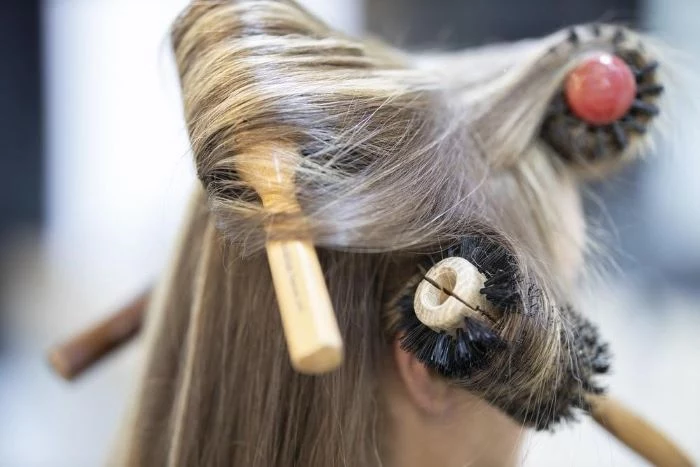
The Era of Sharp Lines and Perfect Waves
There was a time when short hair was a bold statement, a real declaration of independence. And getting it right was—and still is—a masterclass in precision. The classic super-short bob wasn’t just a haircut; it was a geometric shape carved into hair.
To create that look, we rely on a foundational technique using what we call “zero elevation” (that just means we hold the hair straight down without any lift, cutting a perfectly blunt line). It takes an incredibly steady hand. One little slip and the whole razor-sharp line is gone. We still use this exact method for modern blunt cuts, but honestly, we’re lucky to have better tools now.
But the real showstoppers were the waves. The two main styles you’d see were finger waves and iron-set waves, and they were worlds apart in their method.
Think of it this way: finger waves were a wet-setting art form. The science is pretty straightforward: water breaks the temporary hydrogen bonds in your hair. By adding a setting lotion—which you can get for under $10 at most beauty supply stores like Sally Beauty—and using your fingers and a comb to create ‘S’ shapes, you mold the hair. As it dries, the bonds reform in that new wavy shape. The skill is all in the fingers, learning the exact pressure needed to create ridges that won’t collapse. When I was training, we spent weeks on this, and our hands ached!
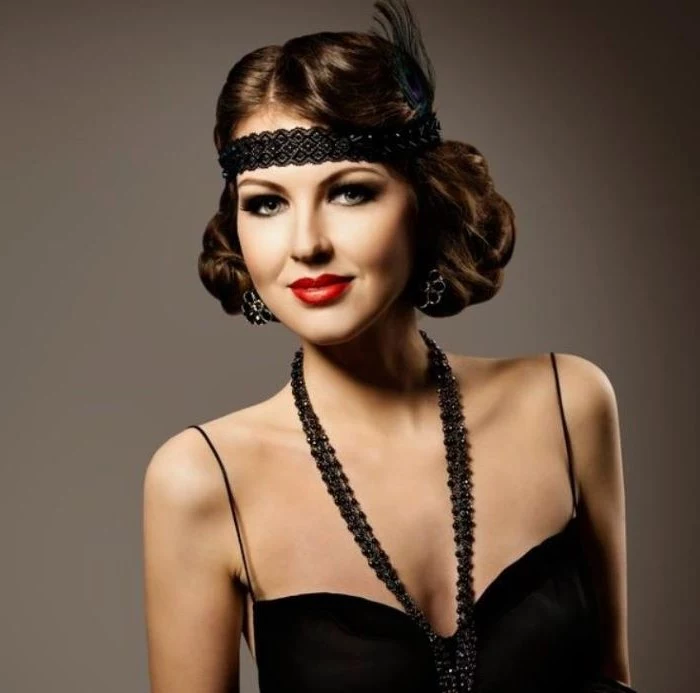
On the other hand, the iron-set wave was the high-tech, high-risk version. It used special heated tongs to create a lasting wave on dry hair. This created a much softer, more natural-looking wave that could last for days. It required a special flick of the wrist, feeding the hair through the iron to create a wave, not a curl. Oh yeah, there’s a difference! A curl is a spiral, like a corkscrew. A wave is an ‘S’ shape that undulates back and forth, giving you that glamorous, flowing look instead of bouncy ringlets.
Heads up! Those early heating irons had no temperature control. Stylists had to learn by feel, often testing the iron on a piece of paper. If it turned yellow, it was too hot. It’s a trick I still use today with my professional-grade irons, even with their fancy digital displays. Never trust the dial completely; always trust your senses.
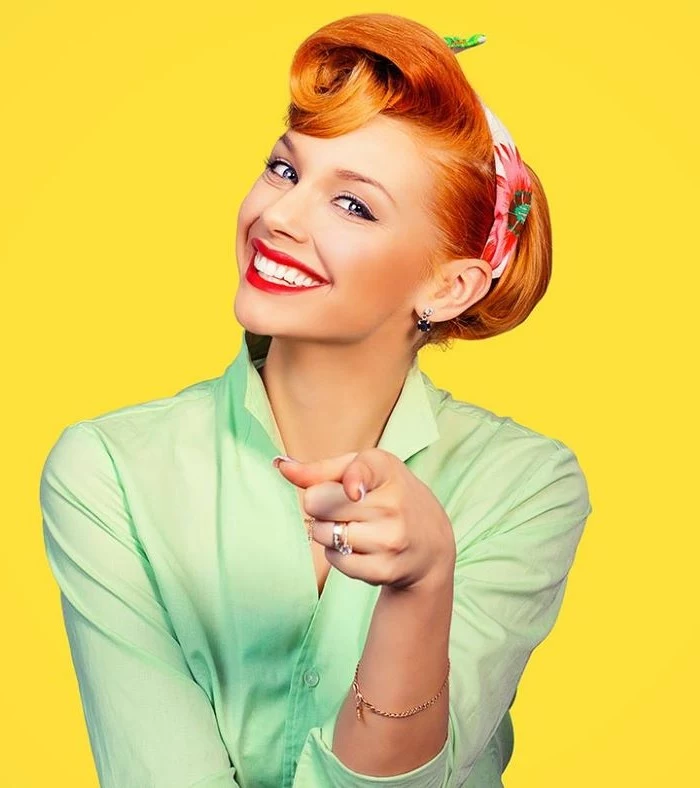
Want to get a feel for it? Here’s a 2-minute challenge: Grab a small piece of hair near your face, get it damp, and work in some strong-hold gel or mousse. Using a fine-tooth comb and your index finger, try to push the hair back and forth to create just one little ‘S’ wave. Pin it flat to your head and let it air dry. It’s a fun way to appreciate how much work went into a full head of those waves!
From Sharp to Soft: Mastering the Art of the Brush-Out
As styles evolved, things began to soften up. The super-sharp lines relaxed, and the waves lost some of their rigid structure, becoming more romantic and, frankly, more wearable. This was all thanks to one key technique: the brush-out.
The foundation was still a good wet set with pin curls, but the finish was what made it magical. After the hair was completely dry, stylists would brush it out with a boar bristle brush. Vigorously. I know, it sounds like you’d be destroying all that hard work, but this is a trick we still use constantly for wedding and event styling.

Here’s the secret: a proper pin curl set creates a very strong curl pattern. When you brush it correctly, you’re not erasing the curl, you’re just softening it, blending the separate curls together into one uniform, flowing wave. A good boar bristle brush helps distribute your hair’s natural oils, too, which is what creates that incredible, healthy-looking sheen.
From my experience, the biggest mistake people make is not brushing enough… or brushing too much. It’s a balancing act. You brush and brush until you see the individual curl sections start to melt together into one big, cohesive wave. The moment you see that deep ‘C’ shape start to loosen or sag, you stop. That’s the magic moment! A light mist of a flexible-hold hairspray can help lock it in without making it feel stiff.
By the way, investing in a good boar bristle brush is totally worth it. It doesn’t have to be expensive—you can get a great one from brands like Spornette or even a solid drugstore version for between $15 and $30. It’s one of those tools that, if you take care of it, will last you forever and make a huge difference in your styling.
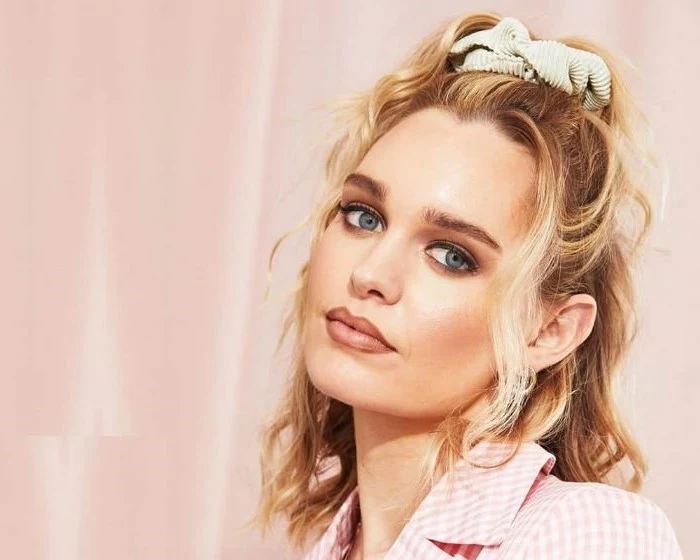
Inspirational Gallery
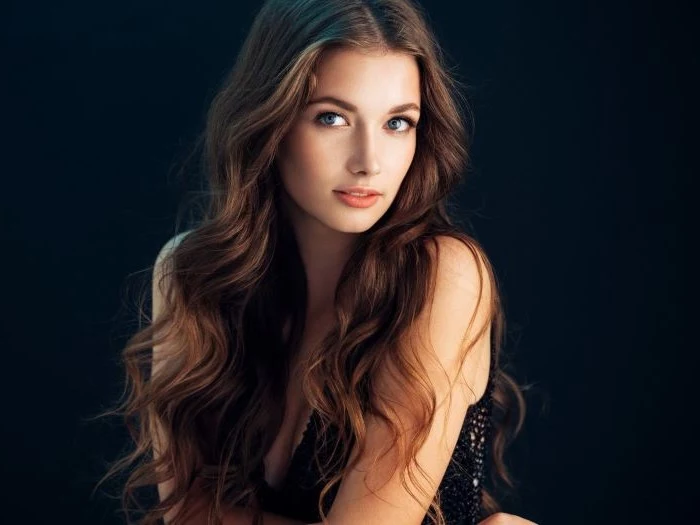
What’s the secret to today’s popular “lived-in” volume?
It’s often a modern twist on a classic salon trick: the hot roller set. While your grandmother might have used them for a tight, uniform curl, stylists today use them strategically for a different purpose. By placing just a few large, heated rollers—like those from T3 or Conair’s InfinitiPRO line—at the crown of the head while doing makeup, we create a soft, lasting root lift. When removed, the hair isn’t curly, but it has an incredible foundation of volume that looks natural and holds all day, a far cry from the stiff results of the past.










